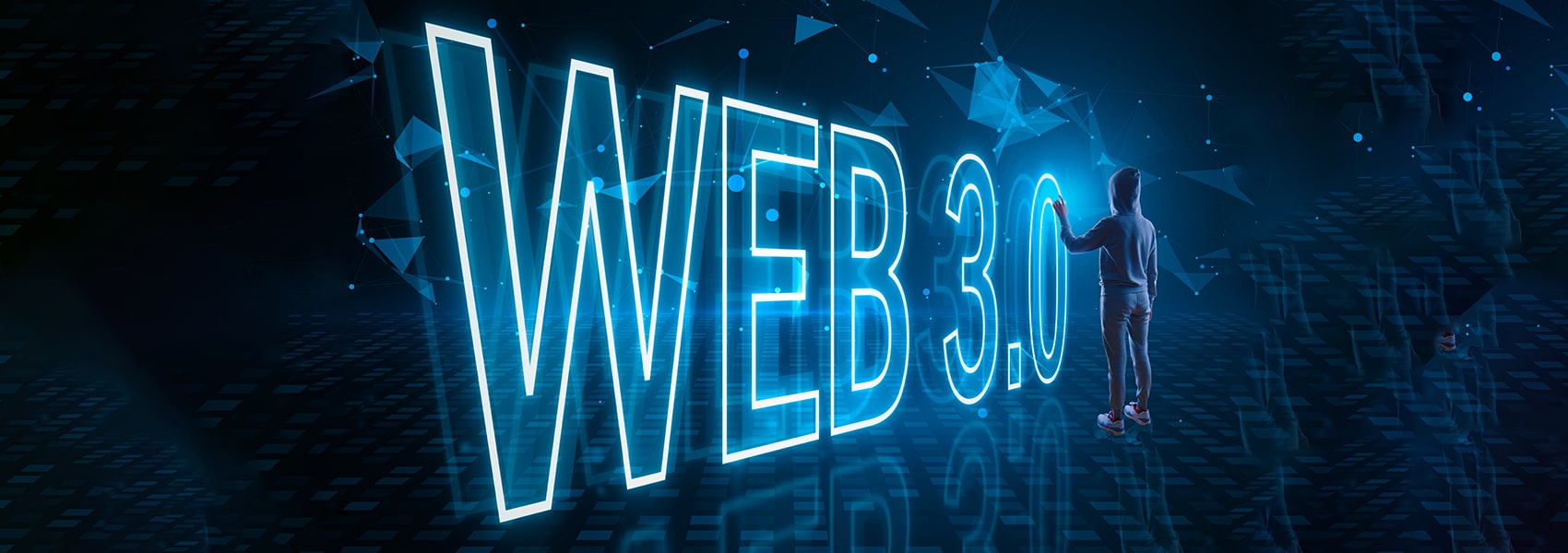

The word web followed by a number ostensibly seems to be a term that needs to be familiar with programmers and software engineers, yet to everyone’s surprise number three followed by the word web is a term that every internet user should not mind knowing about.
To start defining the meaning and importance of web3 we need to have an understanding of its antecedents;
Web3 being a slightly complicated decentralized application (dapp), the evolutionary process that led to it is quite simple and is even known by a majority. The introduction of internet demands us to know these two prerequisites of web3, and unsurprisingly they are;
Web1 – The internet was called web1 during the period of 1990 to 2004 as it provided its users with static content (read only) to interact globally.
Web2 – The current form of internet that we indirectly call ‘home’ contains web2 traits; with two-way content creation and transformative internet which leads all the way to the Metaverse.
Defining web1 and web2 respectively may redefine web3 as an updated form of internet; partially true: web3 is a series of open-source and interconnected decentralized applications powered by blockchain computing architecture.
Unlike the Metaverse(web2) it is not an open-source to virtual reality (VR), despite it has the potential to change the nature of the internet from corporate-owned networks to controlled-by-users while maintaining the Web2 functionalities that people love today, it can also be described as read/write/own functionality.
Users can govern these blockchain-based networks through cryptocurrency tokens. As the network grows, value can accrue to the community through the rising price of tokens.
Web3 is decentralized - Instead of large bands of the internet controlled and owned by centralized entities, ownership gets distributed amongst its builders and users.
Web3 is permission less - Everyone has equal access to participate in Web3, and no one gets excluded.
Web3 has native payments - It uses cryptocurrency for spending and sending money online instead of relying on the outdated infrastructure of banks and payment processors.
Web3 is trustless - It operates using incentives and economic mechanisms instead of relying on trusted third parties.
More than simply a search engine’s accurate interpretation, Web3 will truly understand whatever you say, whether it is in text, audio, or any other media. Additionally, Web 3 will integrate blockchain and cryptocurrency to create a decentralized ecosystem for its users. According to Messari and Jeff Dorman, Arca’s Chief Investment Officer, Web 3 crypto coins have risen by 22% thus far, beating Bitcoin, NFTs, and other sectors in the crypto market (via CoinDesk on 1 August 2021).
We are still in a Web2 world. In contrast, Web3 is extremely far away from dominating the internet. As aforementioned, the goal of many self-designated Web3 champions is to restructure the internet from corporate-owned to user-controlled networks by taking advantage of blockchain technology.
Furthermore, there may be an upgrade like web 3.1 to make it more common for the internet users, but traders and blockchain enthusiasts are already dealing with the advanced features of web 3 to secure investments and do transactions through cryptocurrencies, hence; web 3 is certainly the future trading world dominating the current trading world.